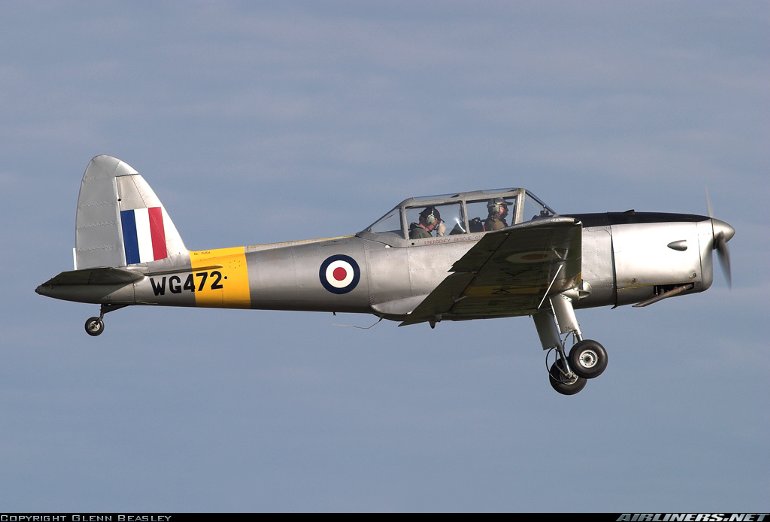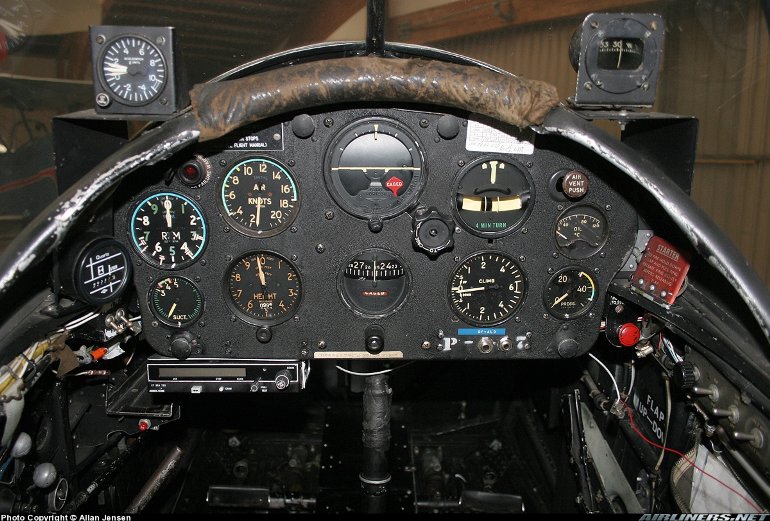Aircraft Technical Data
De Havilland Canada DHC-1 Chipmunk


| Details | |
| Country of Origin | Canada |
| Type | Two seat light aircraft |
| History | Affectionately known as the Chippie, De Havilland Canada's Chipmunk was designed in response to a growing need to replace the Royal Air Force's ageing Tiger Moth two seat basic trainer biplane (described separately). With a full design workload (courtesy of the revolutionary Comet jet airliner project among others) De Havilland decided to hand design responsibility for the new trainer to its Canadian subsidiary, De Havilland Canada. Design leadership for DHC's first aircraft was the responsibility of W J Jakimiuk who had emigrated to Canada from Poland in 1940 and was previously responsible for the design of the PZL P-24 and PZL P-50 Jastrzab fighters and the DH-95 Flamingo airliner. His new aircraft was designated the DHC-1 Chipmunk and flew for the first time on May 22 1946. Features of the design included a De Havilland Gipsy Major engine and all metal construction (but with fabric covered control surfaces). First deliveries took place the following year. Main Chipmunk models included the Canadian built DHC-1A-1 and DHC-1B-2 (Mk1 and Mk2 in the RCAF), and many featured clear view blown canopies, while main British production models included the initial T10 for the RAF, the Mk20 for foreign military users and the civilian Mk21. OGMA built 60 Mk20 under licence in Portugal. Civilianised versions of RAF aircraft became available in large numbers from the late 1950s, and the T10 became the Mk22 in civil service, while the Mk22A was a Mk22 with greater fuel capacity. Farm Aviation Services in the UK heavily modified Chipmunks with a hopper tank in place of the forward cockpit for spraying duties, these aircraft were designated Mk23s. Three similar conversions were performed in Australia by Sasin/Aerostructures as the SA-29 Spraymaster. The Masefield Chipmunk was a conversion available for ex RAF T10s with a blown canopy, wheel pants, luggage space in the wing and increased fuel capacity. In 1999 a kit version became available for the homebuilt market, developed by Gilles Leger in Montreal, Canada. Leger’s version is called the Super Chipmunk. It has a new more spacious fuselage while using original Chipmunk wings and tail unit, and is powered by a 156kW (210hp) Continental IO-360 engine. Today the Chipmunk remains a very popular sport and private aircraft, while a small number are still used for pilot training and tailwheel endorsements. Some have also been extensively modified with the installation of Lycoming or Continental engines, e.g. the two Super Chipmunks of famous airshow performer Art Scholl. |
| Powerplants | One 108kW (145hp) de Havilland Gipsy Major 8 four cylinder inverted inline engine driving a two blade fixed pitch wooden propeller |
| Performance | Max speed at sea level 223km/h (120kt), cruising speed 200km/h (108kt). Initial rate of climb 900ft/min. Service ceiling 17,200ft. Max range 450km (243nm). Endurance 2.3 hours. |
| Weights | Empty 526kg (1158lb), max takeoff 914kg (2014lb). |
| Dimensions | Wing span 10.46m (34ft 4in), length 7.75m (25ft 5in), height 2.13m (7ft 0in). Wing area 15.9m2 (172sq ft). |
| Capacity | Seating for two in tandem. Two were modified for crop spraying and fitted with a chemical hopper in place of the front cockpit. |
| Production | 1277 Chipmunks built, including 217 in Canada, 60 under licence in Portugal and 1000 in Britain. Most of these were built originally for military customers, but many now fly with private operators. |
| Related Links | De Havilland Canada DHC-1 Chipmunk |
The backbone of this section is from the The International Directory of Civil Aircraft by Gerard Frawley and used with permission. To get your own copy of the book click here. |
|








